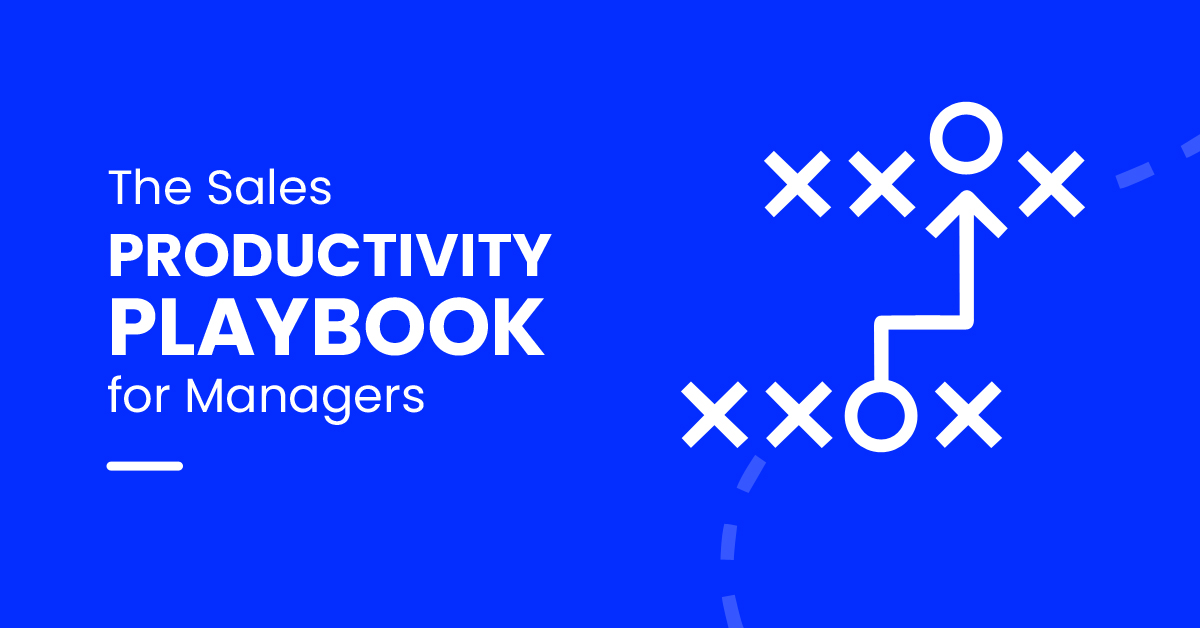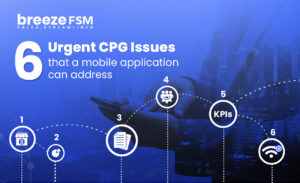Why is a sales productivity playbook necessary for managers dealing primarily in the B2B space? While companies continue to spend heavily on streamlining operations, the secret to cracking B2B sales still remains elusive for many.
Managers often have to deal with sudden surprises such as renewal losses from crucial accounts, missed targets with new product launches or campaigns or missed opportunities for cross-selling by representatives.
Building an efficient sales playbook becomes even more imperative once you consider the fact that most managers do not have a clear idea of what is in the pipeline or the activities of their teams. What is a sales playbook?
It will be a template or guideline of sorts that will ramp up B2B sales productivity, while enabling greater visibility into operations, activities, and upcoming opportunities in turn.
Here are a few sales playbook examples that managers can consider or building their own personalized sales playbook templates for teams to focus on.
Granular And Detailed Information For Every Scenario
One of the crucial components of any B2B SaaS sales playbook, this means getting detailed information on consumer spending (both current and potential) at an individual level.
This also means getting detailed insights into competitor gaps/weaknesses and tailoring sales pitches/scripts accordingly. Specific, scenario-based data enables representatives to create and harness opportunities more effectively.
An Integrated Approach
How to create a sales playbook? Gone are the days of disparate teams with reasonable autonomy over operations. While the latter aspect is fine, the former is not.
Managers should get marketing, sales, and product teams lined up together while planning all marketing and sales initiatives and related actions.
A sales playbook framework should operate on the mindset of any production facility, i.e. more consistency, prospect responses, geographical/segment-wise approaches, recommended actions, and more plays for winning more accounts, cross-selling to existing ones, and renewing expiring ones, while winning back unhappy customers.
Centralized Command Setup
A SaaS sales playbook should ideally have a command center or a centralized setup for managing and tracking all sales plays. When the latter are matched with available opportunities, it augurs well for operations teams at all levels.
Effective sales plays can be tested, scaled, repeated, or disseminated to other teams, while those which are not working, can be revamped or shifted out. The playbook will help get a glimpse into whether sales activities remain on track, while recommending better ways for more specific, targeted, and effective plays.
Consistent Training
Managers should devote more time towards better and more consistent training/coaching of recruits and representatives. The latter should be equipped with the knowledge and tools required for cross-selling plays to specific prospects, scripts that are deemed effective and even other role-plays towards specific objections/doubts.
Technological Integration
No successful playbook for sales productivity can be built without technological integration. Companies and managers should integrate more effective technological and marketing tools, enabling better visibility, tracking, and operational management.
This includes automation, recording, CRMs, sales enablement tools, and more. There are other tools which may help in linking up sales enablement setups to relevant material/content, enabling representatives to understand the content that is getting the highest ratings for any specific sales play.
Respecting The Time Given By Customers
Bringing more data and insights into the sales process will naturally boost every possible function/role. It helps to be in the right place at the right time, based on a more productive and efficient playbook.
Respecting customers’ time and effort, and listening carefully to their needs/problems is a must. Representatives should thus be able to find the suitable plays in these scenarios while outlining necessary solutions to problems alongside. Every play should personalize conversations, content, features, and pricing for suiting individual needs.
Sales productivity playbooks can be built with the right technological integration and strategies, as mentioned above.
Managers should ensure that ultimately their sales teams meet customers at the right time with the right information and solutions that they require. The ability to forecast, view, track, and refine sales activities is what matters immensely in this regard.



